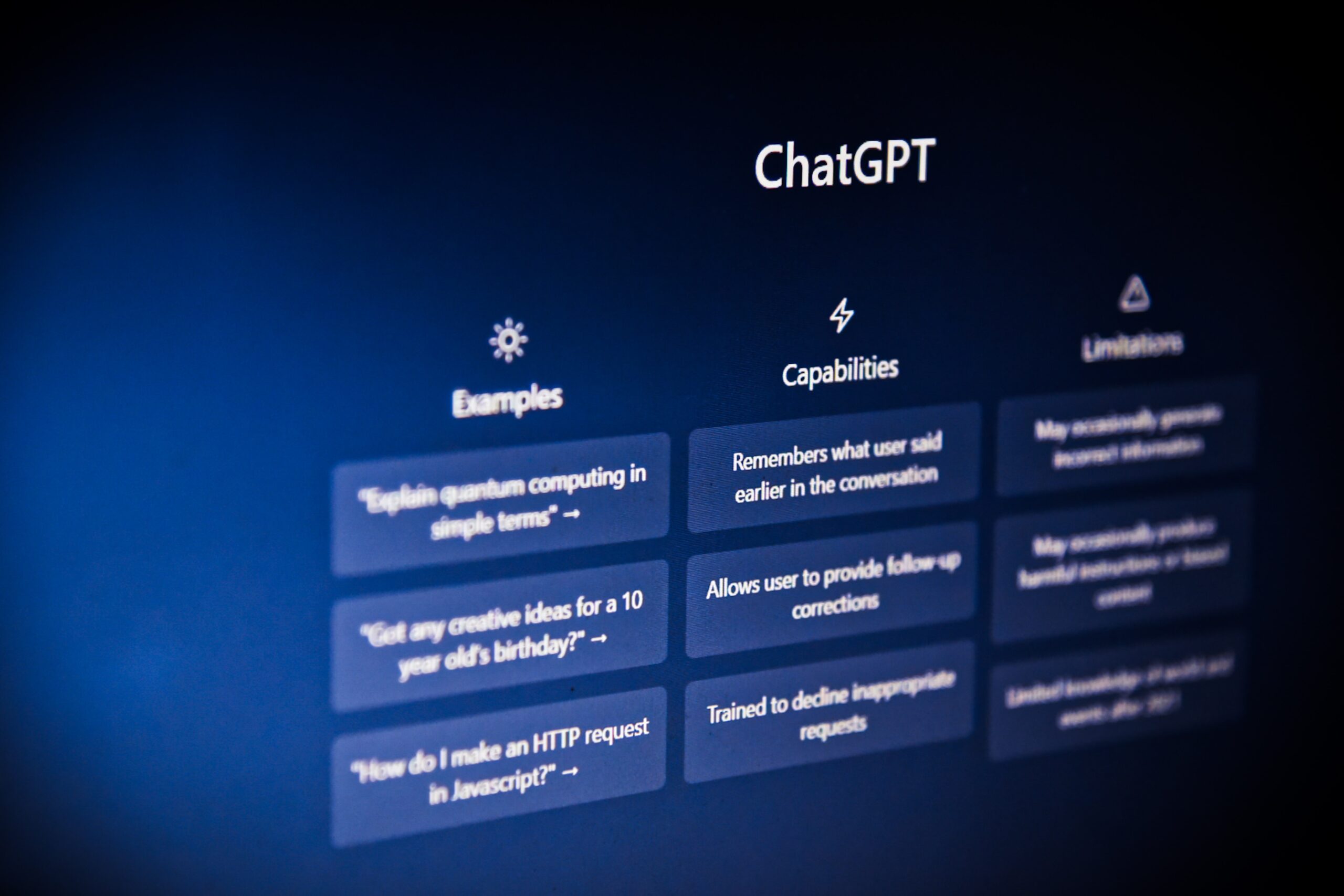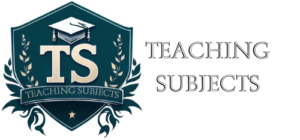Introduction
A literature review is critical to any academic research, serving as the foundation for a thesis or dissertation. Its importance lies in the comprehensive examination and synthesis of existing research, allowing scholars to identify gaps, define the scope of their study, and build on the work of others. College students often encounter numerous challenges during this process, including the overwhelming volume of available literature, difficulty discerning credible sources, and the time-consuming nature of synthesizing vast amounts of information. Students must also navigate the complexities of academic writing and proper citation to ensure their work is scholarly and original.
Common Challenges and Strategies to Overcome Them

Finding Relevant Sources
Students face difficulty identifying and accessing relevant and credible academic sources during the literature review process. The sheer volume of available literature can be overwhelming, making it hard to discern which sources are most relevant to their research question. Additionally, with the proliferation of information on the internet, determining the credibility of sources becomes a critical concern. Students may struggle to navigate paywalls and restricted access to certain academic journals, further complicating the gathering of high-quality material for their review.
To overcome these challenges, students can employ several effective strategies. Utilizing university library databases and academic journals is a primary approach; these resources often provide access to a wealth of peer-reviewed articles and other scholarly materials. Leveraging search engines like Google Scholar and specialized academic search tools can help locate broad and niche topics relevant to their research. Moreover, attending workshops or seeking guidance from librarians can enhance students’ skills in using these resources effectively. Joining academic forums and communities allows students to tap into networks of scholars who can recommend lesser-known but valuable sources. By adopting these strategies, students can systematically gather pertinent and credible information for their literature review.
Evaluating Source Credibility
Inability to Discern Between Credible and Non-Credible Sources
Another critical challenge in conducting a thorough literature review is the inability to distinguish between credible and non-credible sources. With the explosion of readily available information on the internet, not all sources maintain the same standards of accuracy, rigor, and reliability. Researchers, especially those new to academic writing, may find it difficult to recognize the quality and trustworthiness of diverse materials. This challenge is compounded by predatory journals, questionable websites, and poorly cited or unsupported claims, which can mislead students and compromise the integrity of their reviews.
Strategies to Discern Credible Sources
Students can adopt several critical strategies to discern between credible and non-credible sources. First, checking the credentials and affiliations of authors can provide insight into their expertise and reliability. Authors affiliated with reputable academic institutions or organizations are more likely to produce trustworthy content. Second, evaluating the impact factor and reputation of the journals where articles are published can help determine their credibility. Journals with high impact factors are generally well-regarded in the academic community and ensure stringent peer-review processes. Third, prioritizing peer-reviewed articles and books published by reputable academic publishers adds a layer of credibility to the sources used. Lastly, utilizing online tools, such as citation databases and authenticity checkers, can assist in verifying the legitimacy and influence of sources. By applying these strategies, students can enhance the quality of their literature review and ensure that their research is built on solid, credible foundations.
Organizing Literature
Challenge: Managing and Organizing a Large Number of Sources
Another substantial challenge students face during the literature review is managing and organizing many sources. As students delve deeper into their research topics, they often accumulate extensive articles, books, and other academic materials. Keeping track of all these resources, understanding how they relate to one another, and ensuring they are appropriately cited in their work can become overwhelming. Mismanagement of these sources can lead to difficulties in structuring the literature review, risking redundancy or gaps in the analysis. Furthermore, manually organizing a vast number of sources increases the likelihood of errors, which can jeopardize the academic integrity and coherence of the literature review.
Strategies: Use Reference Management Software and Develop Organizational Techniques
Students can rely on several effective strategies to tackle the challenge of managing and organizing many sources. First, utilizing reference management software such as EndNote, Mendeley, or Zotero can significantly streamline the process. These tools allow users to easily store, organize, and systematically cite their sources, saving valuable time and reducing the risk of citation errors. Additionally, creating annotated bibliographies can help students summarize and organize key points from each source, providing a quick reference guide during the writing process. Another effective technique is developing a thematic structure for the literature review, which involves categorizing sources according to common themes, methodologies, or theoretical approaches. This structured approach facilitates better organization and helps build a coherent narrative and critical analysis in the literature review. These strategies enable students to manage their sources efficiently, ultimately enhancing the quality and clarity of their academic research.

Understanding and Synthesizing Information
Challenge: Difficulty in Comprehending Complex Academic Texts and Synthesizing Information
A significant hurdle in the literature review process is the difficulty students often face in comprehending complex academic texts and synthesizing the information they contain. Academic articles frequently employ specialized jargon, complex theories, and dense methodological details that can be challenging for students to understand and integrate into their research. This complexity hinders students from identifying key arguments, linking findings across different studies, and constructing a cohesive narrative. As a result, the inability to effectively digest and synthesize intricate academic materials can impede the overall quality and coherence of the literature review.
Strategies: Practice Active Reading and Note-Taking Techniques
Students can adopt several proactive strategies to overcome the challenge of comprehending and synthesizing complex academic texts. Practicing active reading and note-taking techniques is essential; this involves critically engaging with the text, highlighting key points, and making annotations. Summarizing sections in one’s own words ensures the material is genuinely understood. Discussions with peers or advisors can also provide valuable insights and clarifications on complicated concepts. Another effective strategy is using concept maps or mind maps, which help visualize relationships and draw connections between different studies. These visualization tools allow students to see the broader picture and organize information coherently. Students can enhance their comprehension and synthesis skills by employing these strategies, leading to a more robust and insightful literature review.
Time Management
Challenge: Procrastination and Poor Time Management Leading to Rushed Work
One of the most common challenges students encounter during the literature review process is procrastination and poor time management, often resulting in rushed and subpar work. The literature review can seem daunting and overwhelming, leading students to delay their work until deadlines loom ever closer. This lack of planning and time management creates a stressful environment where students might skim through sources instead of engaging deeply with the material, consequently compromising the quality of their analysis. Additionally, the rushed approach increases the likelihood of citation errors, overlooked key resources, and inadequate synthesis of information, ultimately affecting the coherence and depth of the literature review.
Strategies: Create a Detailed Timeline and Set Deadlines for Each Phase of the Literature Review
To combat procrastination and improve time management, students should create a detailed timeline for their literature review process and set specific deadlines for each phase. Breaking down the task into smaller, more manageable parts—such as initial research, reading and annotating sources, writing summaries, and organizing themes—can make the project feel more approachable and less intimidating. Utilizing productivity tools and techniques, such as the Pomodoro Technique or time-blocking, can help maintain focus and build consistent work habits. Setting aside dedicated time slots for different tasks ensures steady progress while reducing burnout. Furthermore, it’s important to regularly review and adjust the timeline based on progress to account for any unexpected challenges or opportunities for deeper exploration. By implementing these strategies, students can build a structured approach, effectively manage their time, and produce a high-quality literature review.
Conclusion
Overcoming the challenges of conducting a literature review is crucial for students aiming to produce high-quality academic work. By employing effective strategies, such as using reference management tools, practicing active reading, and managing time efficiently, students can easily navigate complex texts, organize their sources, and synthesize information accurately. It is also essential for students to seek support from advisors, peers, and available resources, as collaborative efforts can provide additional insights and help surmount obstacles more effectively. A well-conducted literature review enhances the depth and coherence of research. It reflects a student’s ability to critically engage with existing scholarship, setting the foundation for academic success and scholarly contribution.















